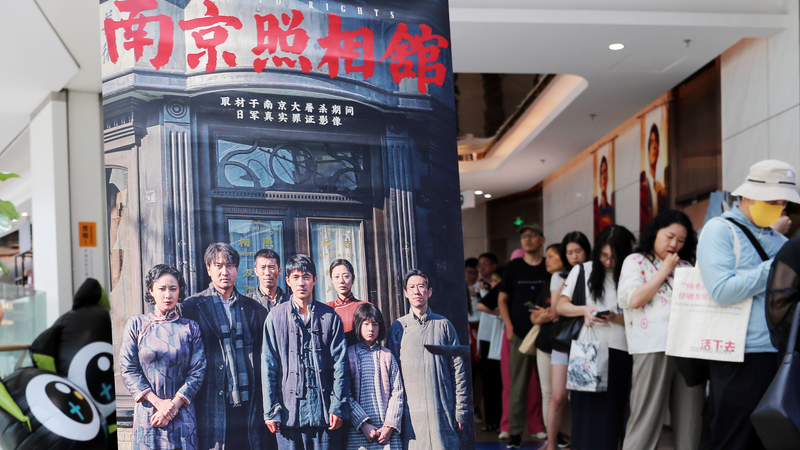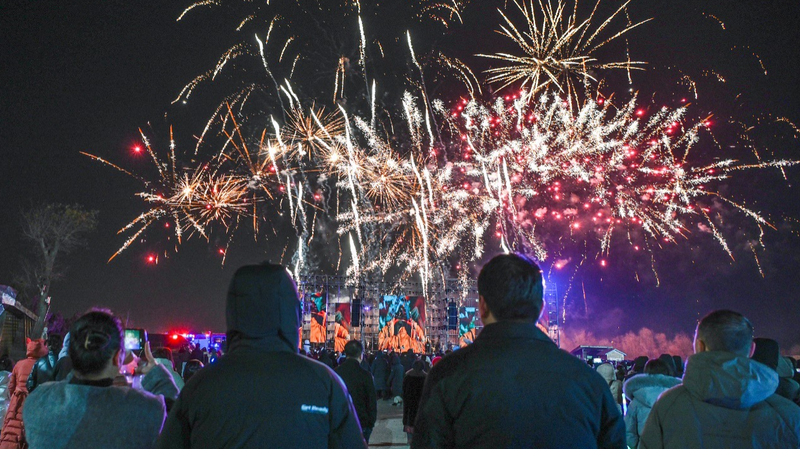The latest hit from the Chinese mainland, Dead To Rights, turns the camera on one of history's darkest chapters: the 1937 Nanjing Massacre. Far from stirring resentment, it offers a powerful lesson on why remembering atrocity is essential for protecting future peace.
Set almost entirely inside the "Lucky Photo Studio," the film follows a group of civilians trapped as the city falls. Through the lens of photography and the courage of ordinary people, it captures the struggle to preserve truth. Young apprentice Luo Jin smuggles and duplicates secret images of war crimes—evidence that would later help hold commanders accountable at postwar trials.
Instead of graphic violence, the story focuses on moral change: Lin Yuxiu, a performer who wins favor with occupiers, ultimately risks everything to hide undeveloped negatives in her qipao. The postman A Chang evolves from self-preserver to guardian of truth. Even supporting characters like translator Wang Guanghai and Japanese photographer Ito reveal how personal choices unfold within systems of power.
Visual metaphors run deep. Shutter clicks echo rifle shots, while the darkroom's red lighting evokes waves of blood. Subtle details—like the "1213" badge alongside a "1937" doorplate—remind viewers of December 13, 1937, when Nanjing fell. A final shot of China's landmarks unfurling behind the trapped group punctuates their vow: "Not an inch of our land will be lost."
By blending storytelling with real historical markers, Dead To Rights transforms memory into a moral compass. It invites audiences across cultures to confront the past, not with hatred, but with the clarity needed to safeguard peace.
Reference(s):
cgtn.com




